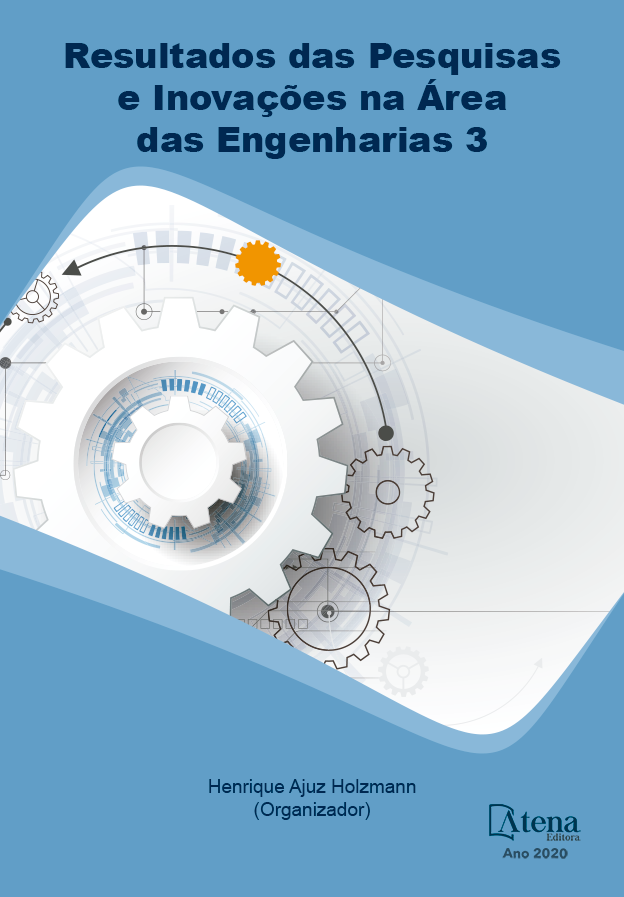
METODOLOGIA ARIMA PARA PREVISÃO DA GERAÇÃO DE ENERGIA EÓLICA DE CURTÍSSIMO PRAZO APLICADA AO PARQUE EÓLICO DE PALMAS (PARANÁ, BR)
A energia eólica vem apresentando uma tendência de crescimento em sua capacidade instalada, tanto no Brasil quanto no mundo. O período entre 2003 e 2013 apresentou um crescimento de cerca de 715% na capacidade instalada mundial. No Brasil, a fatia de energia gerada pelo vento representa quase 5% do cenário energético atual, contra menos de 1% há cinco anos. A expansão da geração eólica traz consigo desafios para o sistema elétrico e seus operadores, na forma de incertezas e variações sobre a qualidade da energia gerada. Diminuir essas incertezas e contribuir para tornar os sistemas eólicos mais eficientes são objetivos da previsão da geração de energia eólica (PGEE), foco deste trabalho. As previsões apresentadas resultam de um modelo probabilístico desenvolvido com base nas séries históricas de dados de velocidade de vento da Usina Eólio-Elétrica de Palmas (COPEL), localizada no estado do Paraná, Brasil. O modelo preditivo faz uso da metodologia de modelagem ARIMA (modelos auto-regressivos integrados e de médias móveis) para gerar os resultados exibidos ao longo do texto. O desempenho da PGEE desenvolvida mostrou-se satisfatória para um horizonte de até três horas, com um erro máximo inferior a 10%. Além de ser capaz de prever satisfatoriamente a geração da energia eólica, este modelo tem a pretensão de servir de referência para futuros trabalhos sobre o tema desenvolvidos pelo Departamento de Hidráulica e Saneamento da Universidade Federal do Paraná.
METODOLOGIA ARIMA PARA PREVISÃO DA GERAÇÃO DE ENERGIA EÓLICA DE CURTÍSSIMO PRAZO APLICADA AO PARQUE EÓLICO DE PALMAS (PARANÁ, BR)
-
DOI: 10.22533/at.ed.13320231110
-
Palavras-chave: Energia eólica, geração de energia elétrica, previsão de geração eólica, modelos probabilísticos, energias renováveis
-
Keywords: Wind power, electricity generation, wind power forecast, probabilistic models, renewable energy
-
Abstract:
Wind power is already a consolidated power source for electricity generation, with more than 300 GW installed worldwide. It shows impressive growth numbers, such as an increase of 715% in the world installed capacity in the period of 2003 to 2013. In Brazil, the share of wind power on total energy production has increased from less than 1% to almost 5% in just five years. However, the electricity generated from the wind is a source of uncertainties for power system operators and can generate undesired variations in the energy quality for the energy system as a whole, decreasing its efficiency. To decrease the uncertainties and increase the efficiency of wind power generation are goals of wind power forecasting (WPF) models. This work shows the development of a probabilistic WPF model applied to the Palmas Wind Farm, located in the state of Paraná, Brazil. It was employed the well-known autoregressive integrated moving average (ARIMA) methodology to develop a very short-term WPF model. The performance of the model was evaluated using the mean absolute error (MAE) test, root mean squared error (RMSE) test and the Nash-Sutcliff (NS) index. It was found that the model is able to forecast up to three hours ahead, where the difference between the actual generated energy and the predicted energy reaches its maximum (8.47%). The quality of the forecasts, evaluated by the MAE, RMSE and Nash-Sutcliffe index also has shown satisfactory results. It is expected that the achievements of this work may be a reference for future works produced by the Department of Hydraulics and Sanitation (DHS) of the Federal University of Paraná.
-
Número de páginas: 16
- Alexandre Kolodynskie Guetter
- Paulo H Soares


